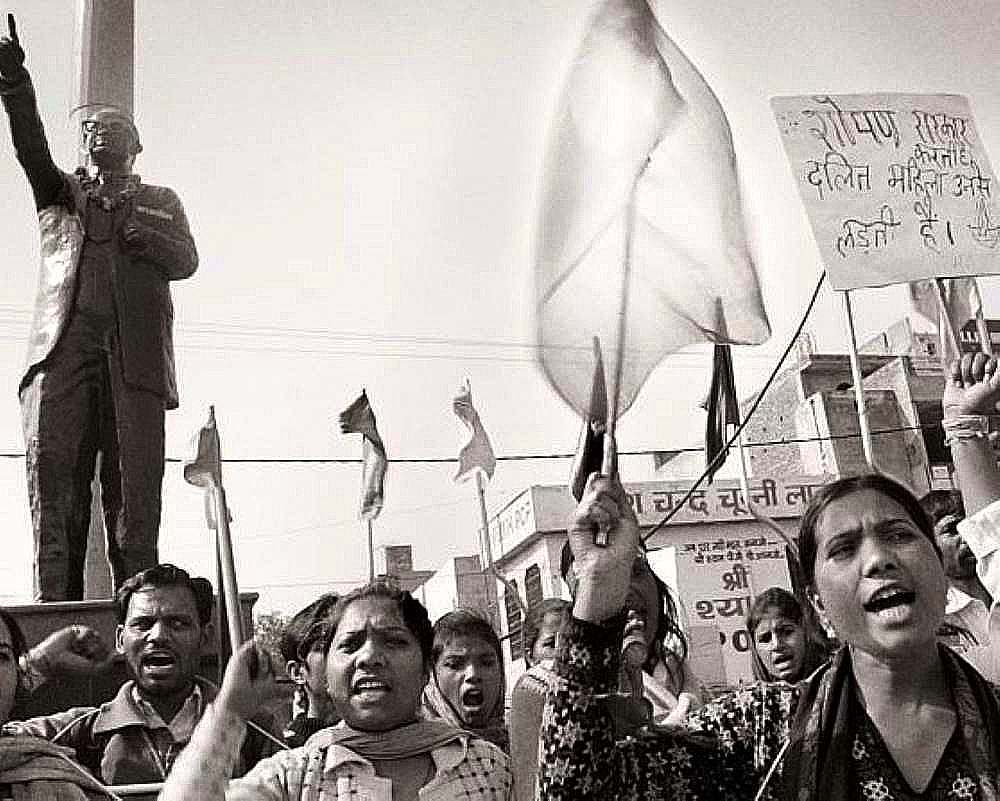Data from the 2023 census in Bihar shows that the population of Scheduled Castes or Dalits in the state accounts for 19.65 per cent (2.56 crore) of the state’s total population. Given the substantial number of these groups, political parties rely heavily on their support to secure victory in state elections. With the Bihar Legislative Assembly elections upcoming in 2025, many of the deciding factors have to do with the caste politics of the state. The issue of the caste census remains a point of contention between the ruling NDA alliance and the opposition, as well as the budget allocation for the development and upliftment of marginalised backwards communities. To understand the caste politics in Bihar at present, it is necessary to understand the historical relevance of the caste system to the political landscape of Bihar.
Historical Background
The history of the politics of the backward castes in the state is often traced back to the Janeu movement of the 1920s. This movement sought to mobilise the backwards castes and campaign for their upliftment, particularly the Yadavs, who were the most numerous in the state at the time. This was achieved through the acquisition of wealth and land, and the process of “Sanskritization,” that is, by adopting habits and practices of the Brahmins or the upper castes in order to elevate their own position in the caste hierarchy.
Rakesh Ankit in ‘Caste Politics in Bihar: In Historical Continuum’ highlights the domination of “caste orientation” rather than “class orientation” during this period that “fed a clash between the upper elite dominated national freedom movement and the social movement of agricultural communities and backward castes”. This laid the foundation for the differing political interests and socio-economic aspirations between the upper-middle classes and the lower castes.
Click Here To Download The Paper


📌Analysis of Bills and Acts
📌 Summary of Reports from Government Agencies
📌 Analysis of Election Manifestos

